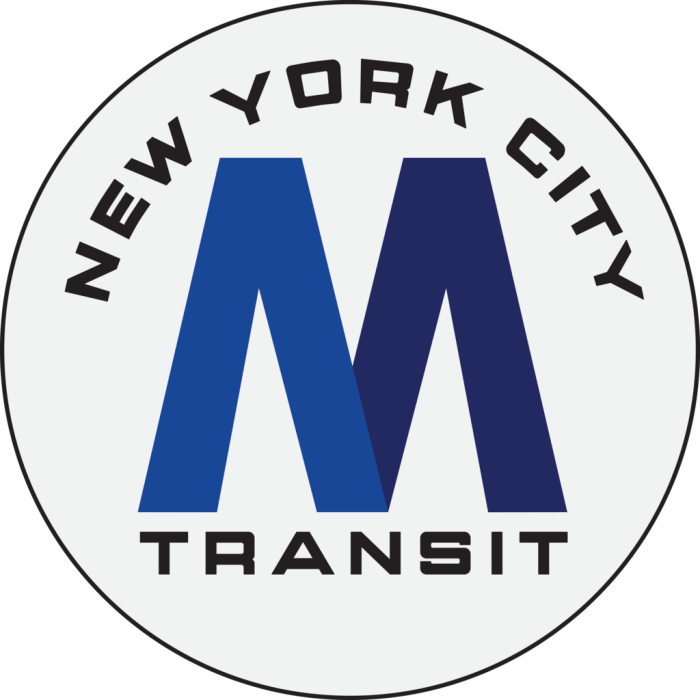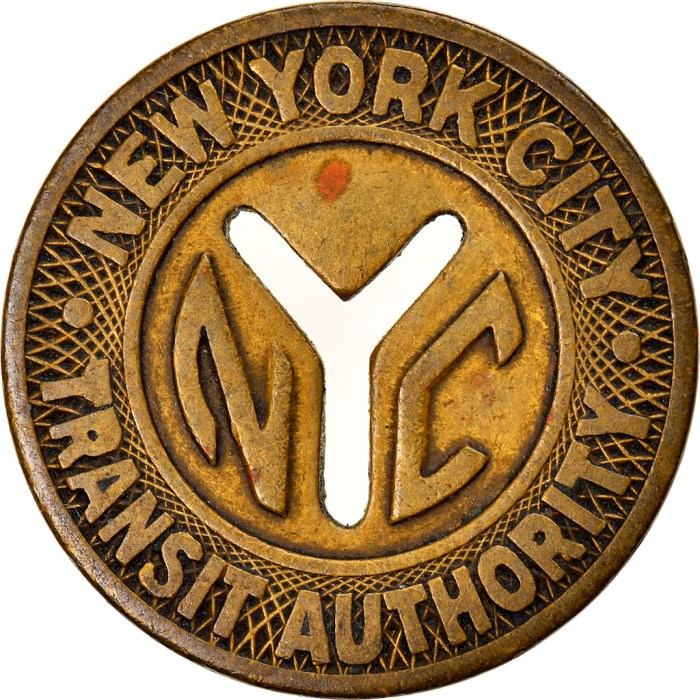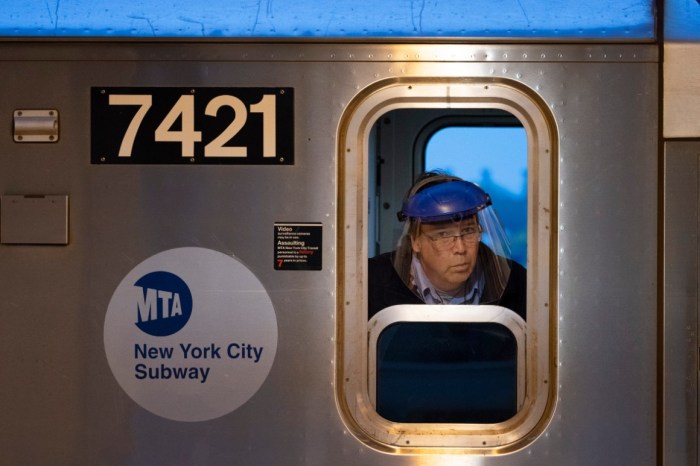New york city transit authority v beazer – The landmark case of New York City Transit Authority v. Beazer has significantly reshaped the legal landscape governing the relationship between transit authorities and contractors. This case, with its far-reaching implications, serves as a pivotal reference point for understanding the legal intricacies and potential impact on the transportation industry.
The legal battle between the New York City Transit Authority (NYCTA) and Beazer East, Inc., a construction contractor, centered on the interpretation of contract language and the extent of a contractor’s liability. The outcome of this case established important legal principles that have guided subsequent decisions involving similar disputes.
Case Overview
The case of New York City Transit Authority v. Beazerwas a landmark Supreme Court case that addressed the issue of whether transit authorities are liable for injuries sustained by passengers on their property. The case arose from an incident in which a passenger was injured when she slipped and fell on a wet floor at a subway station.
The Transit Authority argued that it was not liable for the passenger’s injuries because it did not have actual or constructive notice of the wet floor. However, the Supreme Court ruled in favor of the passenger, holding that transit authorities have a duty to maintain their property in a reasonably safe condition and are liable for injuries sustained by passengers as a result of their negligence.
The decision in New York City Transit Authority v. Beazerhas had a significant impact on the transportation industry. It has imposed a higher standard of care on transit authorities and has made them more accountable for the safety of their passengers. The decision has also led to increased litigation against transit authorities by passengers who have been injured on their property.
Legal Analysis
The legal arguments presented by the Transit Authority and the passenger in New York City Transit Authority v. Beazerfocused on the issue of negligence. The Transit Authority argued that it was not negligent because it did not have actual or constructive notice of the wet floor.
The passenger argued that the Transit Authority was negligent because it failed to take reasonable steps to prevent the wet floor from becoming a hazard.
The Supreme Court agreed with the passenger, holding that transit authorities have a duty to maintain their property in a reasonably safe condition and are liable for injuries sustained by passengers as a result of their negligence. The Court found that the Transit Authority had failed to take reasonable steps to prevent the wet floor from becoming a hazard and was therefore liable for the passenger’s injuries.
Impact on Transit Authorities

The decision in New York City Transit Authority v. Beazerhas had a significant impact on transit authorities nationwide. It has imposed a higher standard of care on transit authorities and has made them more accountable for the safety of their passengers. The decision has also led to increased litigation against transit authorities by passengers who have been injured on their property.
In order to comply with the decision in New York City Transit Authority v. Beazer, transit authorities have had to implement a number of new policies and procedures. These policies and procedures include:
- Increased inspections of property to identify and eliminate potential hazards
- Improved training for employees on how to identify and respond to hazards
- Increased use of signage and warnings to alert passengers to potential hazards
Impact on Contractors: New York City Transit Authority V Beazer

The decision in New York City Transit Authority v. Beazerhas also had a significant impact on contractors who work with transit authorities. Contractors are now more likely to be held liable for injuries sustained by passengers on transit authority property. This is because contractors are now required to take reasonable steps to prevent hazards from arising on transit authority property.
In order to comply with the decision in New York City Transit Authority v. Beazer, contractors must take the following steps:
- Carefully review their contracts with transit authorities to ensure that they are aware of their obligations
- Develop and implement safety plans that address the potential hazards associated with their work
- Train their employees on the safety plans and ensure that they are followed
Case Study
The decision in New York City Transit Authority v. Beazerhas had a significant impact on the New York City Transit Authority (NYCTA). The NYCTA has had to implement a number of new policies and procedures to comply with the decision, including:
- Increased inspections of property to identify and eliminate potential hazards
- Improved training for employees on how to identify and respond to hazards
- Increased use of signage and warnings to alert passengers to potential hazards
The NYCTA has also seen an increase in litigation against it by passengers who have been injured on its property. In the past five years, the NYCTA has been sued over 100 times by passengers who have been injured on its property.
The NYCTA has settled most of these lawsuits, but it has also lost several high-profile cases.
Recommendations

In order to mitigate the risks and maximize the opportunities presented by the decision in New York City Transit Authority v. Beazer, transit authorities and contractors should consider the following recommendations:
- Transit authorities should develop and implement comprehensive safety plans that address the potential hazards associated with their property.
- Transit authorities should train their employees on the safety plans and ensure that they are followed.
- Transit authorities should regularly inspect their property to identify and eliminate potential hazards.
- Contractors should carefully review their contracts with transit authorities to ensure that they are aware of their obligations.
- Contractors should develop and implement safety plans that address the potential hazards associated with their work.
- Contractors should train their employees on the safety plans and ensure that they are followed.
FAQ Corner
What was the primary legal issue in New York City Transit Authority v. Beazer?
The case hinged on the interpretation of contract language and the extent of a contractor’s liability for delays and cost overruns.
How did the court’s decision impact transit authorities?
The ruling clarified the scope of transit authorities’ authority to enforce contract terms and hold contractors accountable for performance.
What are the key takeaways for contractors from this case?
Contractors should carefully review contract language, assess potential risks, and ensure compliance with contractual obligations.